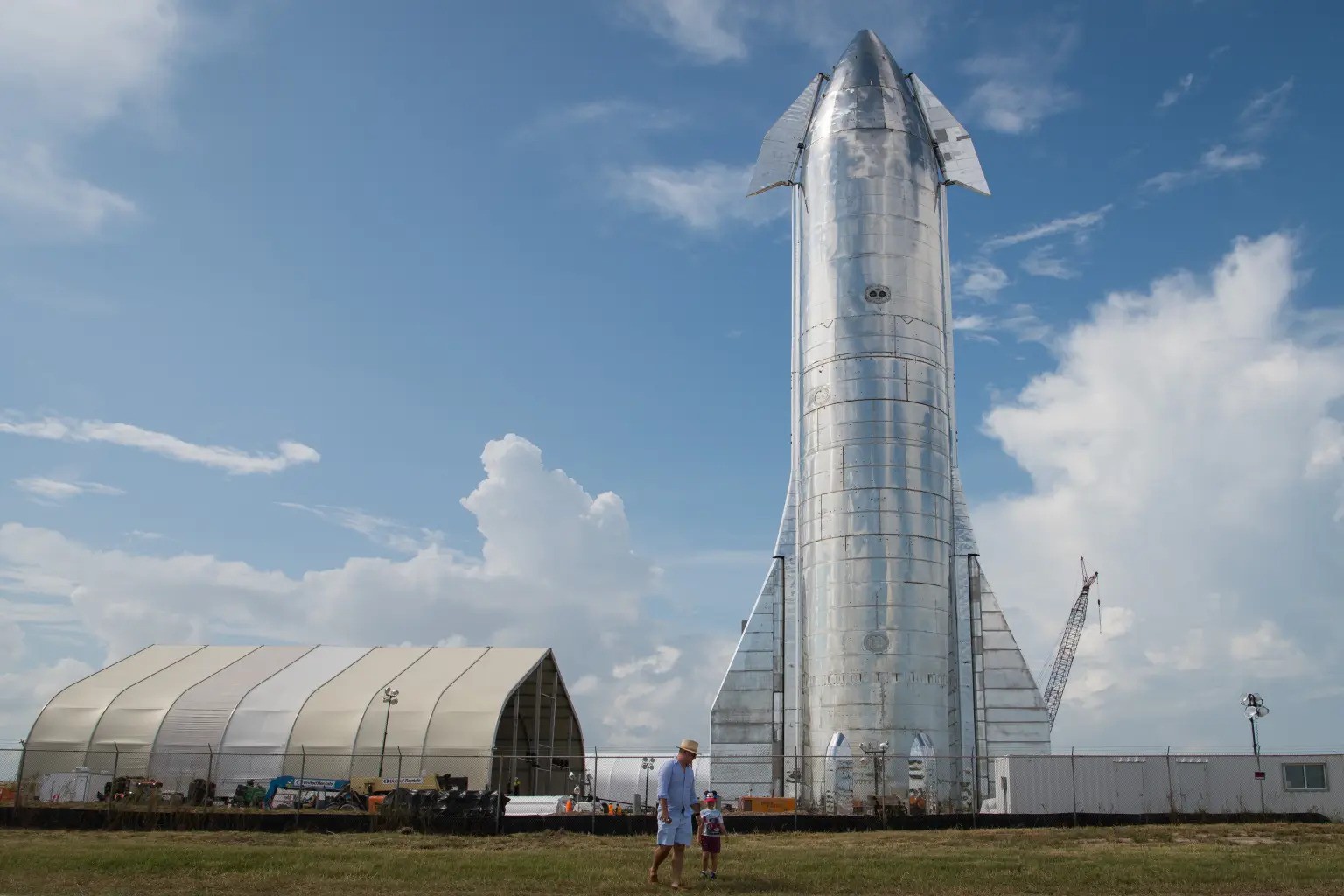SpaceX founder Elon Musk has once again ignited excitement about the future of space exploration, revealing bold new predictions about humanity’s journey to Mars. In a series of social media posts shared on X, Musk outlined an ambitious timeline for crewed flights to the red planet and establishing a self-sustaining city.
The exchange began after investor Bill Ackman posted a message promoting the “Make America Healthy Again” campaign by Robert F. Kennedy’s former running mate, Nicole Shanahan.
“Without our health and that of our children, we have nothing,” Ackman wrote.
“And for those who care about our economy, national debt, and deficits, there is no more important initiative.” Using Ackman’s tweet as a springboard, Musk turned the conversation toward humanity’s future in space.
Crewed Flights to Mars in Four Years?

In a series of direct responses, Musk forecasted that SpaceX’s Starships will make their first uncrewed landing on Mars within two years. “The first Starships to Mars will launch in 2 years when the next Earth-Mars transfer window opens,” Musk explained, referring to the planetary alignment that makes interplanetary travel most efficient.
These missions will be crucial test flights to ensure the spacecraft can land intact on the Martian surface. If all goes according to plan, Musk anticipates that the first humans will make their journey to Mars within four years.
“If those landings go well, then the first crewed flights to Mars will be in 4 years,” He added.
These remarks sparked immense interest as SpaceX continues to push the boundaries of space travel.
A Vision for a Self-Sustaining Martian City
Looking further into the future, Musk laid out his long-term vision for a sustainable human settlement on Mars. Within 20 years, he believes a self-sustaining city could be a reality. “Flight rate will grow exponentially from there, with the goal of building a self-sustaining city in about 20 years,” Musk stated.
He emphasized that achieving a multiplanetary existence would drastically increase humanity’s chances of survival. “Being multiplanetary will vastly increase the probable lifespan of consciousness, as we will no longer have all our eggs, literally and metabolically, on one planet,” Musk elaborated.
This vision ties into SpaceX’s overarching goal to make space accessible to both cargo and humans. The company’s Starship spacecraft, designed for full reusability, plays a central role in this mission, promising the ability to carry crew and cargo to Mars and beyond.
Can Mars Support Human Life?

Mars, often referred to as one of Earth’s closest “habitable neighbors,” offers intriguing possibilities for human habitation. SpaceX’s website highlights some key facts about the planet, noting its decent sunlight, though the temperature is cooler.
“It is a little cold, but we can warm it up,” SpaceX explains, suggesting terraforming the Martian atmosphere.
One of Mars’s most intriguing aspects is its atmosphere. Composed primarily of CO2 with traces of nitrogen, argon, and other elements, it holds potential for plant growth. “We can grow plants on Mars just by compressing the atmosphere,” the company notes, offering a glimpse into how life could be sustained.
The site also touches on the planet’s lower gravity, about 38% of Earth’s. This difference in gravity would allow for some unique benefits.
“You would be able to lift heavy things and bound around,”
SpaceX explains that the prospect of human life on Mars is even more fascinating. Furthermore, the Martian day is remarkably similar to Earth’s, adding to its appeal as a candidate for long-term human settlement.
Looking Ahead: The Race to Mars Continues
As SpaceX continues its ambitious plans, Musk and his team remain centrally focused on the race to Mars. With the potential for crewed flights within the next four years and the dream of a Martian city in two decades, the next chapter in space exploration could be closer than we think.
Musk’s bold predictions are undoubtedly sparking conversations across the globe, highlighting the potential for humans to finally step foot on another planet and even call it home.



